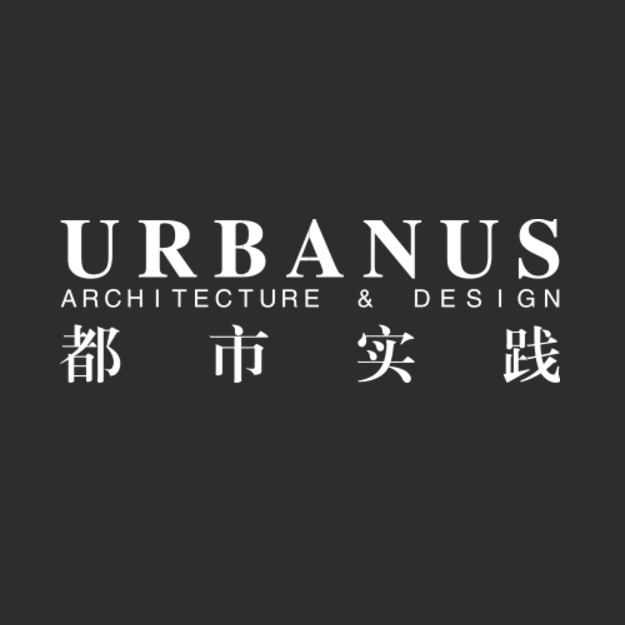China’s high urbanization rate over the past 30 years when 400 million have moved to cities from rural areas has created over 150 cities with over 1 million people. Currently there are over 150 million low-income migrant workers from rural areas living in cities with no official hukou registration status and hence no social welfare protection. Since the 1998 Housing Reforms that abolished social housing provided by Government and introduced the privatization of housing, affordable housing has been in shortage for these ‘floating populations’ in booming coastal industrialized cities, especially in the Pearl River Delta region. Migrant workers typically live in factory dormitories or rent private housing in urban Village in City and share cramped living conditions (up to 17persons sharing a single apartment). Market rents can be over RMB1000 when workers only typically earn RMB600-1500 per month. Such housing shortage and cramped living allows no privacy for residents or humane comfort.
In 2005, China’s largest property developer Vanke’s legendary Chairman Wang Shi became interested in Fujian’s Hakka vernacular Tulou housing (UNESCO World Heritage listed in 2008) as a sustainable form of collective dwelling. Chairman Wang is renowned for his personal expeditions to both Poles and Mount Everest, as well as his business acumen in supporting quality designed architecture projects, winning many awards. He researched with architects URBANUS (its 3 principals Liu Xiaodu, Meng Yan and Wang Hui are USA trained, based in Shenzhen and Beijing and awarded Architectural Record’s Design Vanguard, 2005) the Tulou housing type. The intention was to translate it into modern affordable housing for migrant workers in Southern China.
URBANUS’ previous experience of ‘Village in the City’(ViC) urban research and built projects (Dafen Museum), and critical urban perspective in their design approach made them well suited to adapt the round Tulou typology to Chinese contemporary city fabric and lifestyle needs. Different typological variations (O-type, E-type, C-Type etc) of the courtyard Tulou type explored a distinct urban form through housing that could adapt the type to different parts of cities. This new housing type could act as a healing fabric that stitches the fragmented discontinuous city together as urban infill, community catalyst, highway landmark, or inner city regenerator.
Tulou was recently exhibited at New York’s Cooper Hewitt Museum which showed a full size apartment unit mockup. One of the aims of this experimental Tulou housing ‘commune’ (echoing previous era’s Socialist collective living compounds, Peoples Commune) is to foster mixed income communities and prevent the isolationist class-segregation of private gated communities. Vanke initially proposed to build in inner city Shenzhen which was resisted by class conscious locals, and eventually settled for Guangzhou that has equally huge demand from migrant workers. The 2008 completed 6 storey building of the first 287 unit Tulou prototype (total floor area of 13,711 sqm with total diameter of 72m) within a luxury residential estate by Vanke on Guangzhou city’s periphery has proved popular and safe. A compact combination of 245 apartments of 31 sqm housing a maximum of 5 persons (2 families), 24 dormitory units of 32 sqm (singles) and a small hotel of 18 units of 18 sqm (visitors), are complemented at lower levels by communal spaces in the central courtyard and open basement (such as shops, restaurant, reading rooms, sports and childcare, but no mahjong space typical of decadent activity in urban villages). Main construction materials are concrete frame, GRC and perforated brick facade with timber screens that promote natural ventilation and semi-private views.
URBANUS’ architects believe that Tulou shows how high density, low budget (construction cost was only RMB 3000 per sqm) and low income can still accommodate high quality of urban design and living space. All units, rented at RMB450-600 per month (RMB120 per person average) are fully occupied already. Unit layouts are flexible in design with split rooms, open kitchen-lounge, bathroom-terrace balcony that balances privacy and communal living. Screened facades, minimized functional space standards with shared balcony spaces recall Le Corbusier’s housing experiment units in La Tourette and Unite Habitation. Open corridors, the central courtyard, bridges and roof terraces translate vernacular Tulou qualities that promote a communal sense of belonging and social interaction.
Users’ feedback has been positive including lively internet debates on Tulou’s merits. This Vanke self-managed (not for sale) property could make a strong case for local governments to participate in such socially responsible development projects, and help the current planning problems facing hundreds of ViC urban villages populating many industrialized cities in China. The improved quality of life for non-registered skilled migrant workers may encourage them to stay in cities and settle down, as has been promoted by local governments trying to upgrade its urbanization process.
Vanke intends to provide increasing proportions of affordable housing in coming years with a 50% target in its portfolio for units smaller than 90 sqm to cool a potential property bubble. This comes at a crucial time of harsh macro economic challenges and Central Government policies requiring more affordable housing to be built (when less than 5% of total Chinese housing stock is social housing compared to much higher proportions in developed nations).
However the real potential for Tulou as a type would be for it to move beyond a mass produced prototype and mutate as an urban type should (types embody the ‘idea of architecture’ and not the same as models that can only replicate themselves). It would become more sustainable if other than migrant workers could be accommodated in the type and if it allows adaptive reuse for non-residential activities in the long run. As part of any coherent urban fabric, the singular object quality of Tulou could even be proliferated by varied Tulous in a cluster or chain as continuous fabric and move away from existing as glorified (Modernist) object. If Tulou as a new Chinese type with variations could spread to other cities via Vanke and URBANUS’ efforts, it may herald a new Utopian Age of ‘Peoples Commune’, and suggest a new form of Chinese urbanism.
